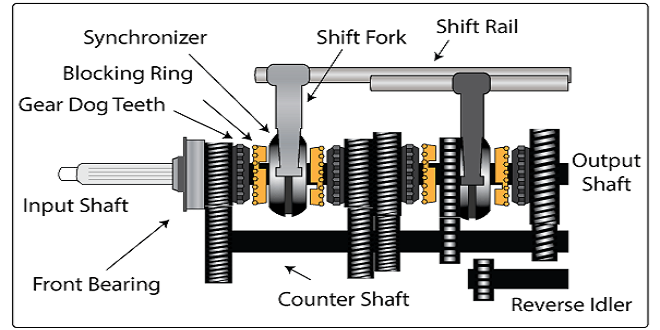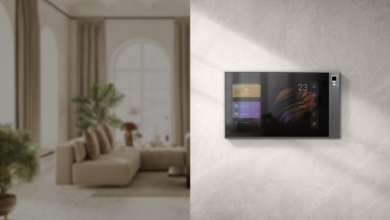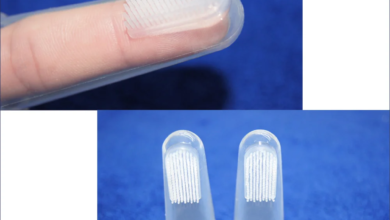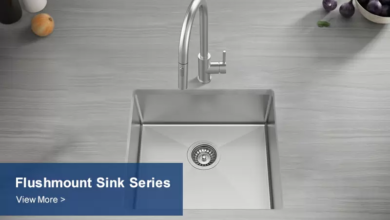The sliding-mesh gearbox Basis of the modern manual gearbox

The sliding-mesh gearbox was popular on cars up to about 1930, but today it is rarely used. Nevertheless, many modern gearboxes have been developed from their configuration.
Primary shaft
The primary shaft transmits the drive from the clutch to the gearbox at the engine side of the transmission system. The shaft is supported by a spigot bearing positioned close to the splines to which the clutch-driven plate is connected. The main load on this shaft is taken by a bearing; normally a seated radial ball type is positioned close to an input gear called a constant-mesh pinion.
The gear is so named because it is always in mesh with a larger gear, a constant-mesh wheel that is part of the layshaft gear cluster.
Layshaft
The layshaft, which is normally fixed to the gearbox casing, supports the various-sized driving pinions of the layshaft gear cluster. Bearings placed between the shaft and gear cluster resist the radial load set up when the gears are forced apart. The type of bearing depends on the load it has to withstand; for a comparatively light load, a phosphor-bronze plain bush is suitable, but heavy-duty applications call for a more efficient bearing, such as a caged needle roller.
Gear noise occurs when a high driving torque causes the gears to move apart. To keep the shaft distance constant, a more rigid bearing is used, for example, an uncaged needle roller bearing. In most cases, the end-float of the layshaft gear assembly, and in consequence the alignment of the gears, is controlled by fl at thrust washers situated between the gear cluster and the casing.
Mainshaft
This splined output shaft carries spur gearwheels that slide along the shaft to engage with the appropriate layshaft gears. At the ‘front’ end, the main shaft is supported by a spigot bearing situated in the centre of the constant-mesh pinion. A heavy-duty radial ball bearing is fitted at the other end to take the force of the gears as they attempt to move apart. The load on this bearing is at a maximum at the time when first gear is engaged and high torque is being produced.
Gear selector
The gear lever transfers the input from the driver to the gear selector mechanism. The selector is a fork-mounted on a rod, which fits into a groove in the gear. The function of the fork is to slide the gear wheel along the main shaft so that the gear can engage and disengage with the matching gear pinion mounted on the layshaft. A striking mechanism is an alternative name for this arrangement; in a similar way, the rod is sometimes called a rail.
Last word
A four-speed gearbox needs three selector forks; these slide on, or move with three separate rods. Normally one fork controls the first and second gears, and the second fork controls the third and top gears. Reverse has a separate fork, longer than the other two because it has to fit around the lower-positioned reverse gear.
The interface of Kal Ka Mausam is simple and easy. The design uses bright colors. These colors help users find what they need quickly. The icons are big and clear. This makes navigation smooth. Users can easily read the text. The text size is just right. This ensures no strain on the eyes. The layout is clean. Everything is well-organized. Users enjoy using the app. It feels friendly and welcoming.





